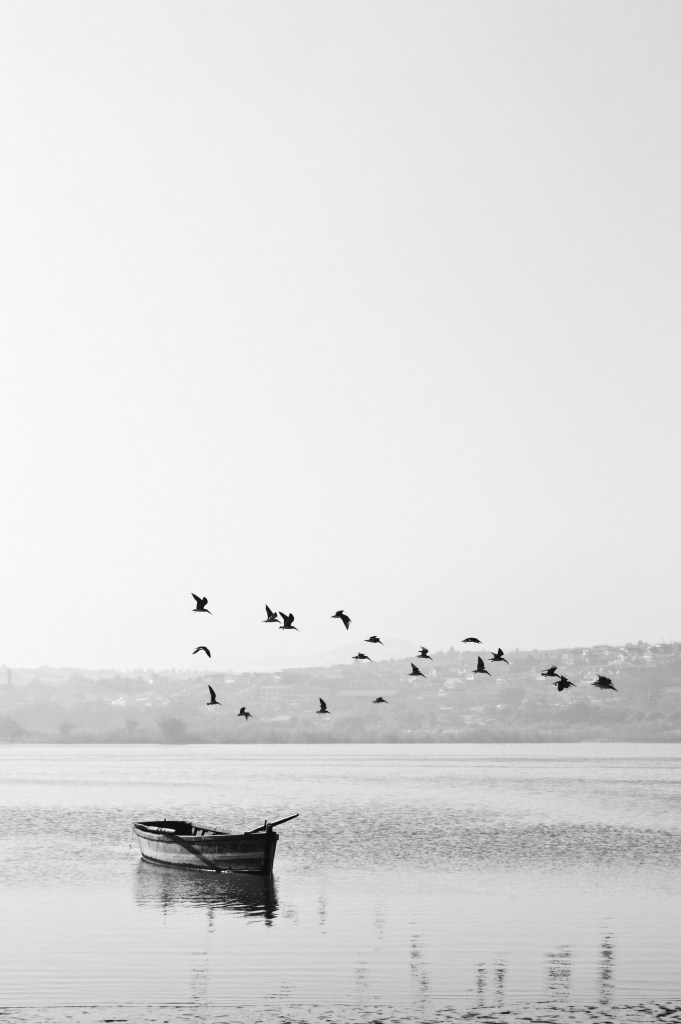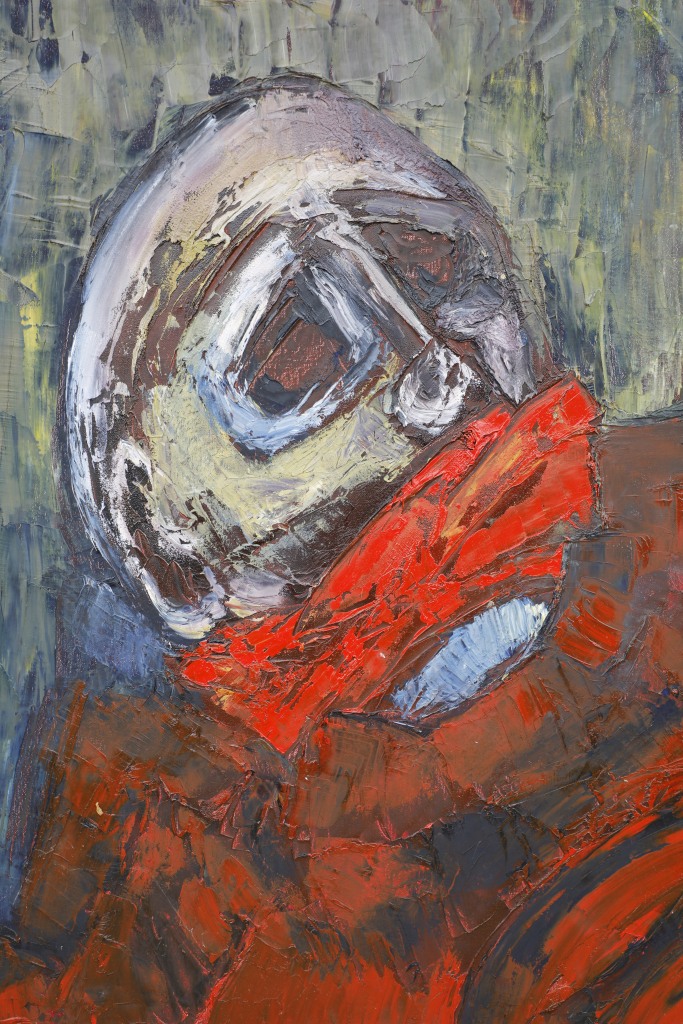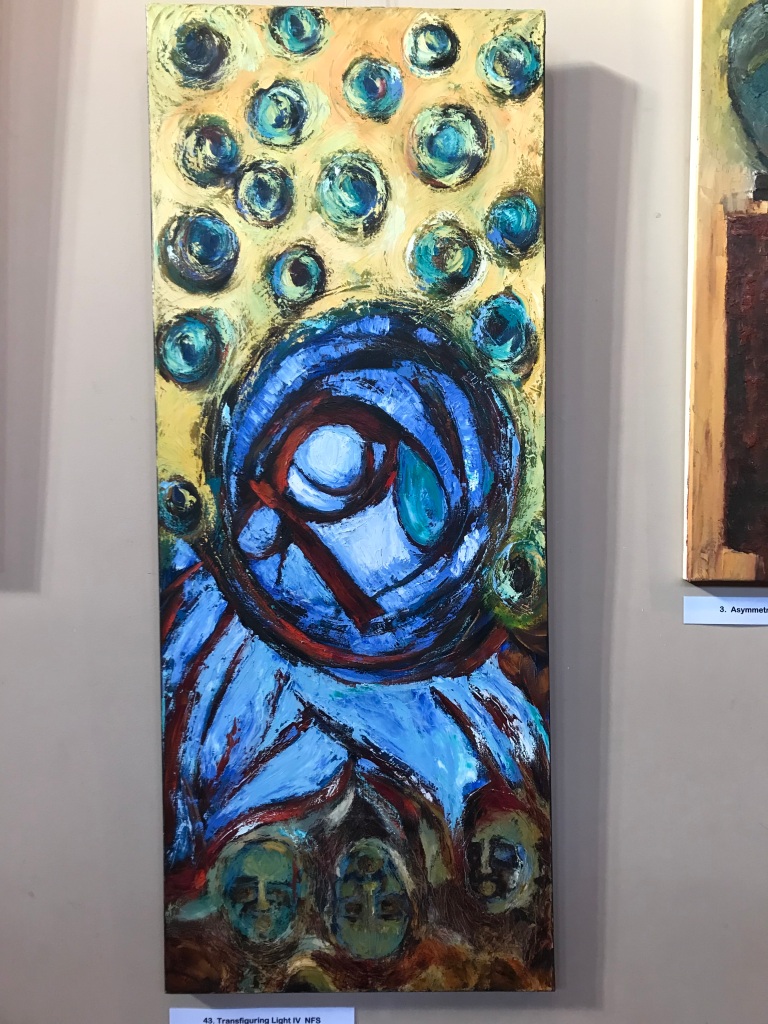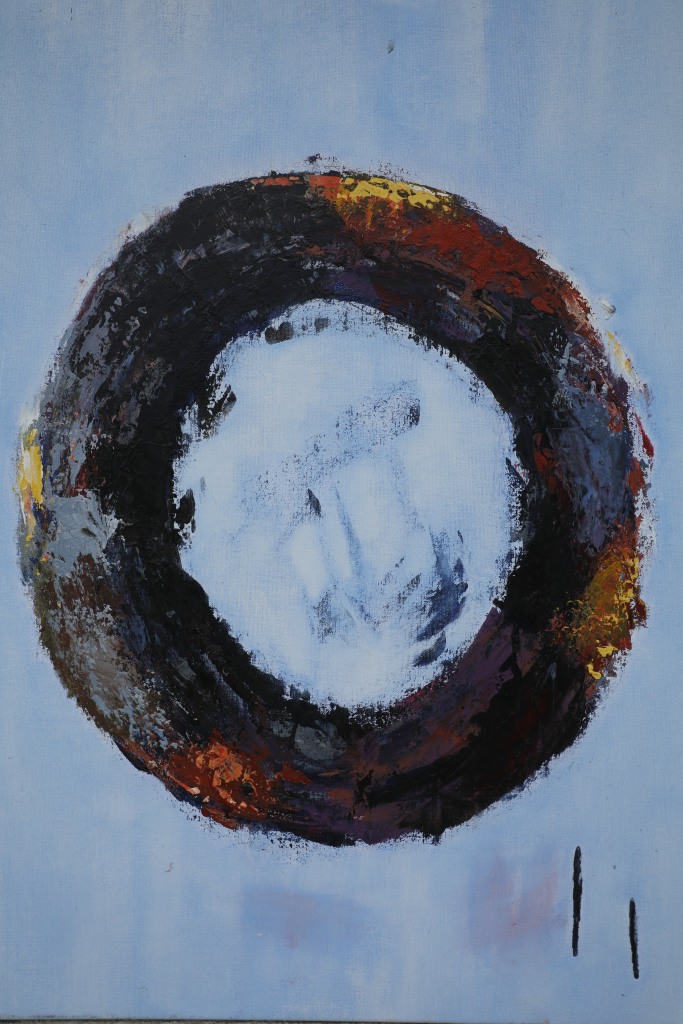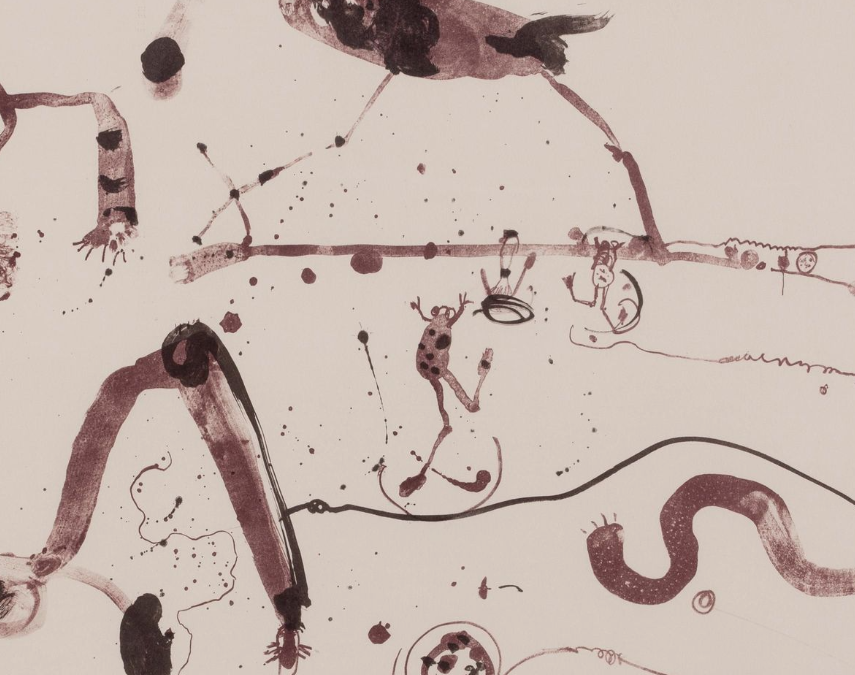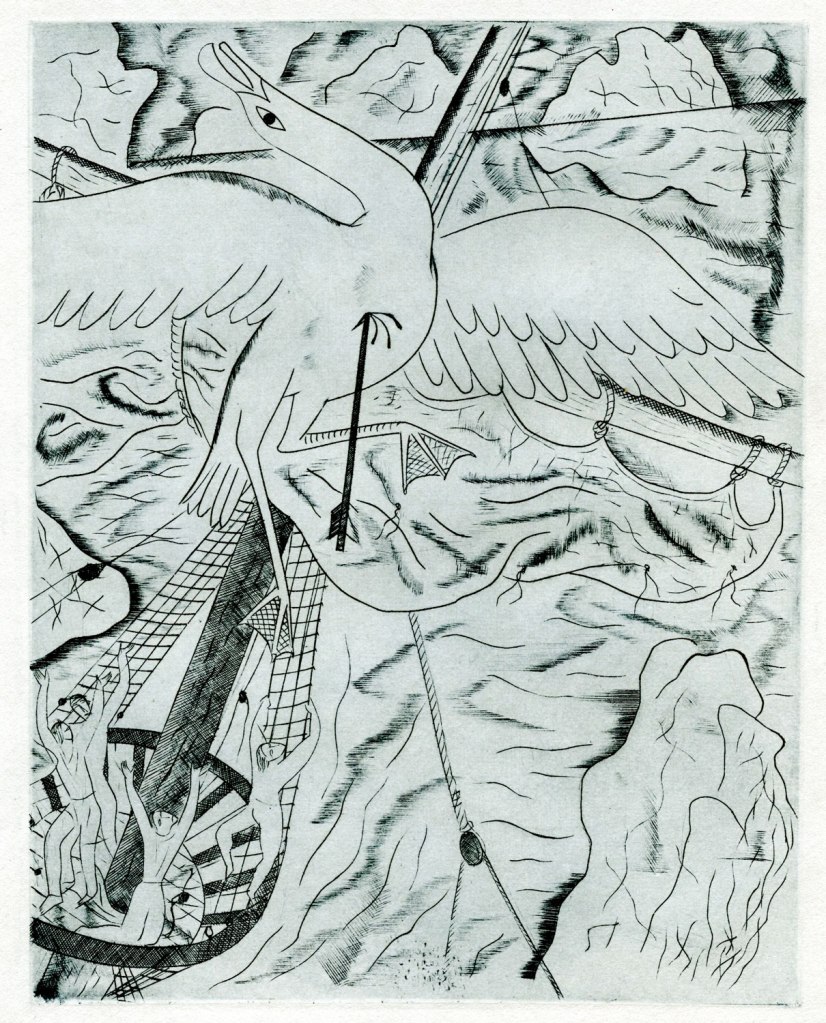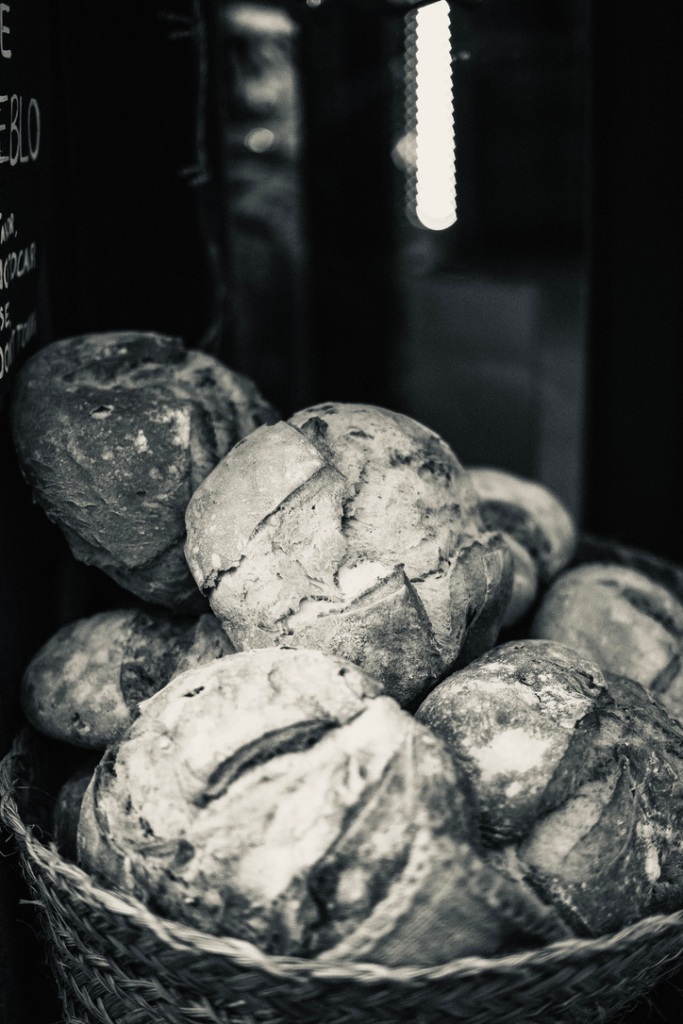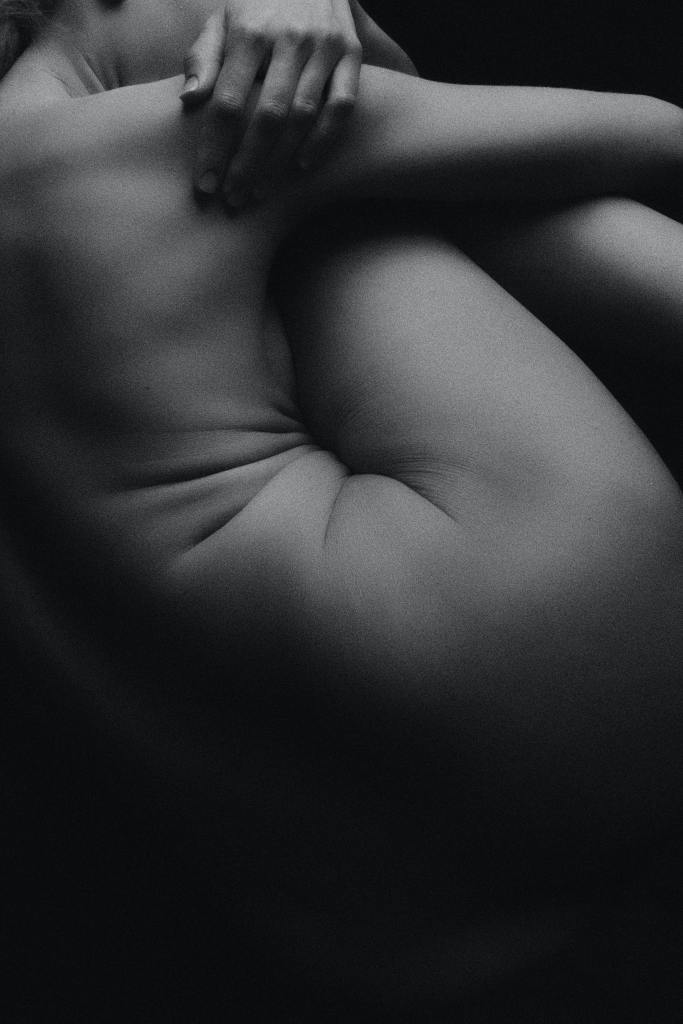Ross Langmead once suggested that to be human is to ‘find ourselves in the middle of a cosmic story’. He was, it seems, on a perpetual journey to discern and to celebrate the spirit of life in all things. And he discerned that spirit in communities, in movements of justice, in solidarity with the poor, in creation’s hope-filled and determined persistence and wonder, and in the life and teaching of Jesus, God’s ever-new Word among us.
Much of Ross’s life and work recalls commitments expressed also in the life and work of the German theologian Dietrich Bonhoeffer, someone whom Ross liked to read and to cite. In particular, it was their shared conviction that ‘God’ – ever irreducible to a single name or principle, and never impounded by any particular religion – is never present in general; never simply ‘out there’. Rather, God is always present for and in God’s creatures, every one, in concrete ways – as grace, as care, as kindness, as light, as troubling and healing water, as ‘mystery of servant love’. ‘We are not alone’. This is to recall that Ross’s life was grounded in the twin-conviction that God is not a Christian, and that the western-centric nature of Christian theology that dominates ecclesial life and that of theological academies in Australia has both hidden and distorted divine revelation that is at work in every human culture, and, indeed, in all creation.
Inspired by the courageous work of Latin American liberation theologians and those theologies emerging from the ‘womb’ of Asia, Ross came to the conviction that a church preoccupied with its own welfare, security, and self-perpetuation is something quite other than that community that is a sign of God’s self-emptying life in the world. And, like Bonhoeffer, he came to the unshakeable conviction that the church is the church only when it exists for others.
There are, in fact, only two questions worth asking in theology – ‘Who (or what) is God?’ and ‘So what?’. Ross’s work bears the marks of these two questions, and finds their commonality in the language and praxis of mission, which is ‘the mother of theology’ (Martin Kähler). As Ross once put it: theological education should be ‘missiological to the core’. Missiology is, therefore, neither a theological hobby horse nor an addendum to theological work. It is theology at its crux – concerned with the life of God as God, with the life of the world as world, and with the vocation of a community made to celebrate, interrogate, and participate in the encounter which is the God–world partnership. Moreover, it is theology that can be sung, and embodied. Indeed, it must be, lest it perpetuate a lie. So Ross did a lot of both, and this deep conviction emboldened him to develop what he called ‘a mission heart in … curriculum praxis’.
I reckon Alison Langmead summed it all up very well when she wrote in the book’s Foreword:
This book’s account of Ross’s life reveals an authentic journey into how learning to trust and to participate in [God’s] great love, can play out in a single lifetime: how his early childhood in Hong Kong prepared him for an expanded world view; how he looked at and worked with the questions of life through study, practical exploration, writing, friendship, teaching, singing, and research; how he encouraged others to grapple together with the many challenges of life, taking time out to consider, to learn, to pray, and to act with courage; how working with unemployed youth and exploring the multicultural needs of a municipality could shape his theology of being the church in the world and ground his future work as a missiologist; how he consulted professionals as he tried to face the truths of his own issues; how songwriting could open the windows of the soul when other things could not; and how others have felt the benefit of having known him.
It is, however, really important for readers to remember that this is not Ross’s book. In fact, I’m not sure how Ross would have felt about the whole project; possibly quite embarrassed. It is, rather, Jeanette’s book, Jeanette’s story. Each of us will have our own memories about Ross. Some of those memories will be stirred by those recollections captured here in this story, beautifully told. Good stories do that.
Living for Shalom is a biography that walks carefully somewhere between Ross’s private and public worlds, and between the recollections of both the researcher herself and those with whom she has had exchange during the course of her research; not an easy task, but one that Jeannete pulls off admirably. Of course, Jeanette’s work on this book was assisted greatly by the generosity of those she interviewed – who responded to her survey, who kindly shared with Jeanette their own reflections and pictures of Ross, who answered her many questions, and who, along the way, widened the research pool. Moreover, Jeanette had the enviable and remarkable twin-benefit and burden that her subject appears to have never done anything much that he didn’t write down. His detailed diaries, journals, letters, notebooks, articles, academic writings, and songs mark the research gathered here in this volume.
What began with a tentative question to herself and with a hesitant email to a sister-in-law resulted in a well-researched story written with a clarity, order, and precision befitting Ross’s own work. Of course, like any good biography, Living for Shalom teaches us about much more than only its main subject, and here readers are given rich and lively insights and snapshots: about growing up as a missionary kid in a Salvationist family; about the challenges, costs, and risks associated with sustaining Christian activism; about the shape of love in private and public life; about the insanity, character, costliness, and desired ends of theological education, not least in places like Nagaland; about how to carefully tread a path through the fears and expectations of others while maintaining your own integrity as a researcher, biographer, and person with a living faith; about the face of poverty and the possibilities of its concrete overcoming; about leaving home, and about just how complicated leaving home can be; about the difficult and painful questions of Aboriginal and migrant identities that sit like cancer on the heart for the quest for a just Australia living with the invitation for ‘a fuller expression of [its] nationhood’; about the radical (and Salvationist) roots of the Westgate Baptist Community, roots evident only in Ross but also in many other Westgaters; about the life of Christian communities in Melbourne from the first Prime-ministership of Robert Menzies through to Julia Gillard’s (another Westie!) last days in the same unenviable job, set against the backdrop of music played by the likes of The Seekers and Bob Dylan, and against the terrifying screams of the Vietnam War and of the jungles of the Thai–Burma border, violent howls that show no signs of petering out and where even here hope manages to find a way against all the odds.
We all responded to and coped with Melbourne’s long and multiple lockdowns in different ways. Jeanette Woods used that time to write a beautiful book about her brother and then gifted it to us all. For that, we are much in her debt.
℘℘℘℘
This reflection is part of something that I had prepared to share at the launch of Jeanette’s book. Unfortunately, the launch needed to be cancelled.


